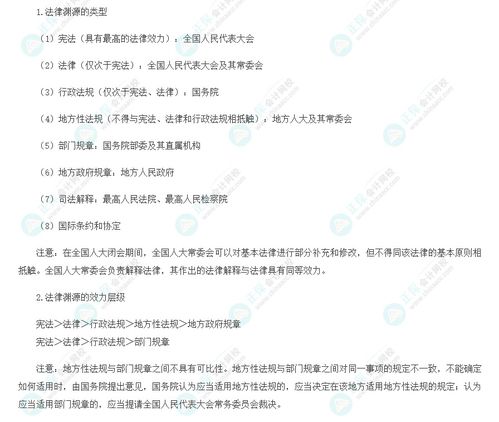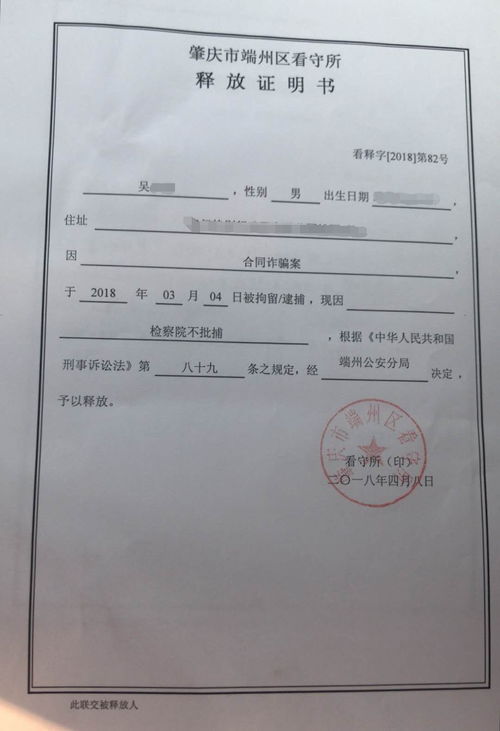法律文本英语翻译技巧和方法
Translation Techniques for Legal Texts
Translating legal texts requires precision, attention to detail, and a deep understanding of both the source and target languages' legal systems. Here are some essential techniques:
Before starting a translation, familiarize yourself with the legal systems of both the source and target languages. This includes understanding terminology, concepts, and legal principles.
Thoroughly research legal terminology and concepts specific to the text. Use reputable legal dictionaries, databases, and official documents to ensure accuracy.
Precision is paramount in legal translation. Every word matters, and mistranslations can have significant consequences. Stay true to the meaning and intent of the original text.
Legal texts often follow a specific structure and style. Maintain parallelism in sentence structure, terminology, and phrasing to ensure clarity and coherence.
Watch out for "false friends" – words in the target language that resemble those in the source language but have different meanings. Verify the meaning of ambiguous terms to avoid mistranslation.
Account for cultural differences that may affect the interpretation of legal texts. Adapt expressions, idioms, and references to ensure they are appropriate and comprehensible in the target language.
Legal language varies in formality and register. Match the tone of the translation to the intended audience and purpose of the document, whether it's a contract, court ruling, or legislation.
If you encounter ambiguous or unclear passages, seek clarification from legal experts or the client. It's essential to resolve any doubts about the meaning of the text before finalizing the translation.

Review your translation meticulously, checking for accuracy, consistency, and adherence to legal conventions. Revise as needed to ensure the highest quality output.
Legal terminology and regulations evolve over time. Stay informed about changes in the law to provide accurate and uptodate translations.
By employing these techniques, translators can produce highquality legal translations that accurately convey the meaning and intent of the original text.











